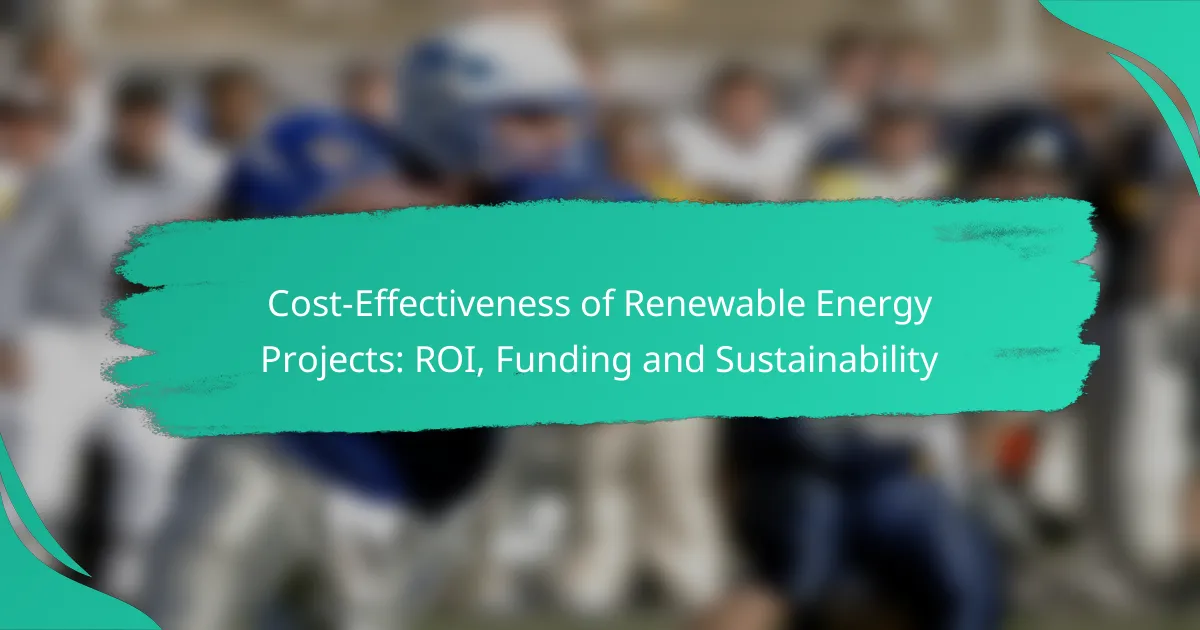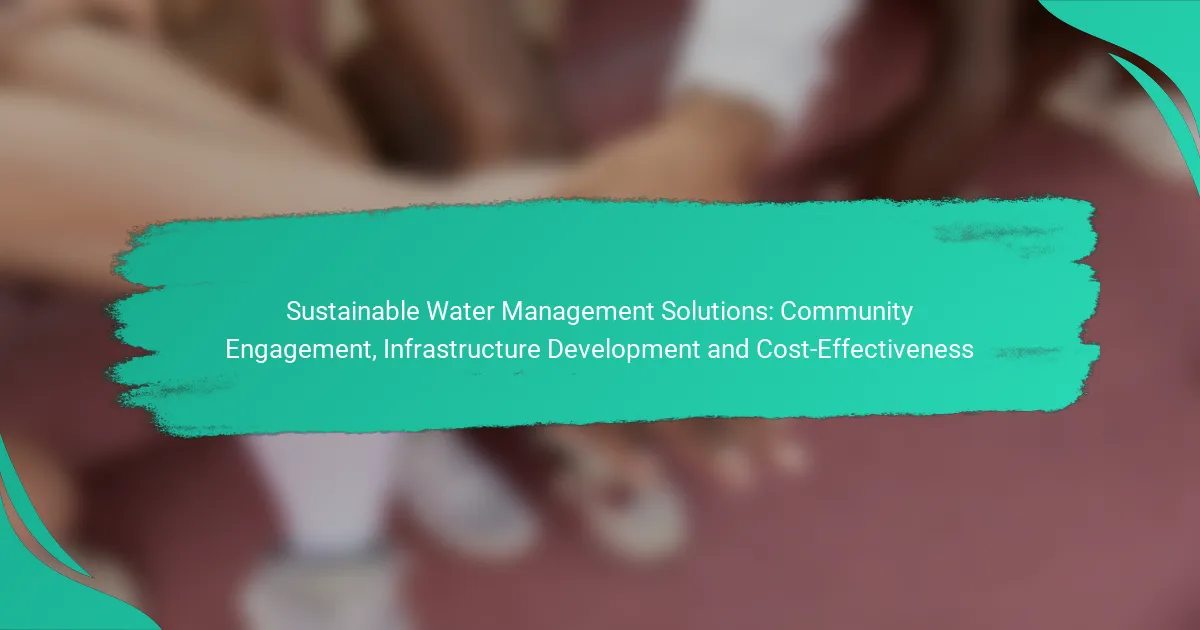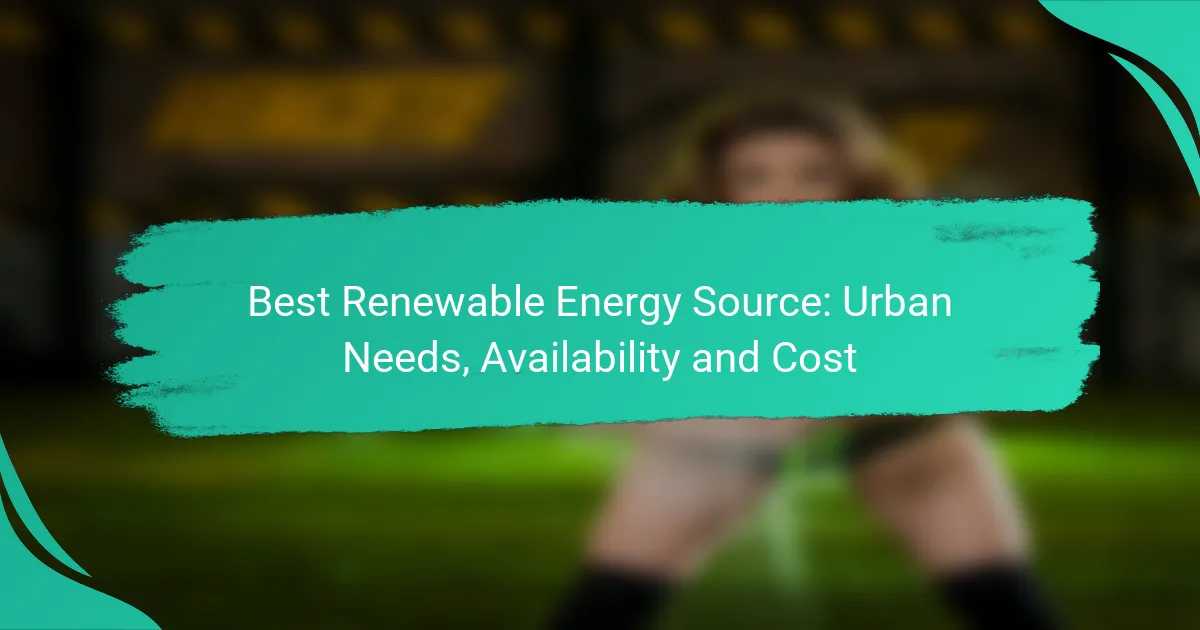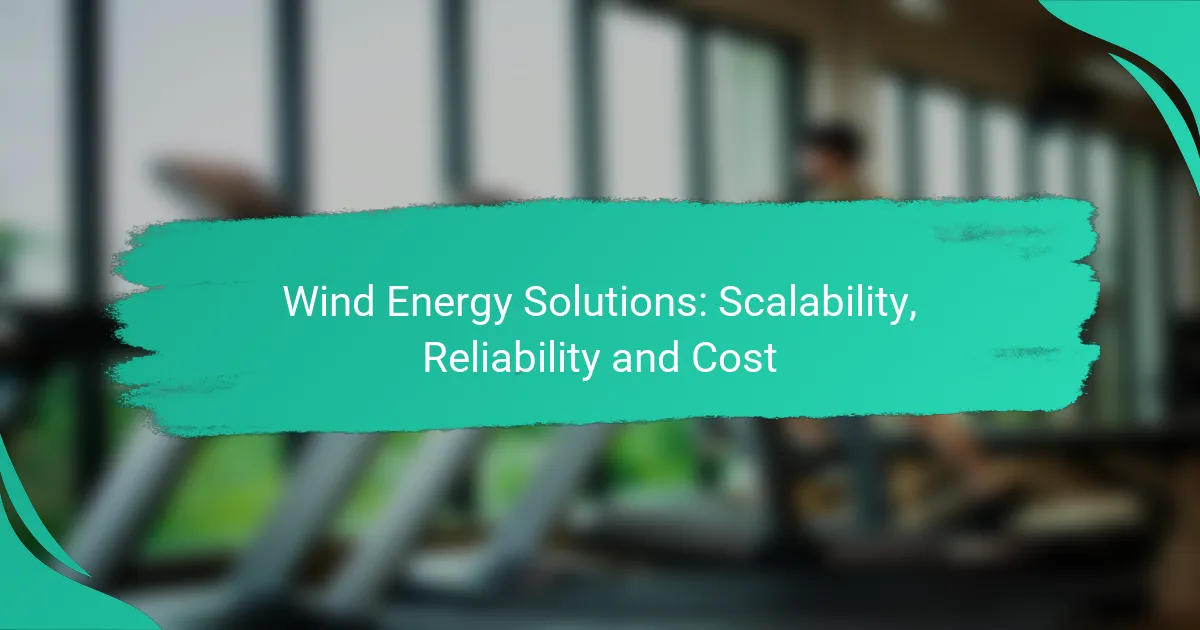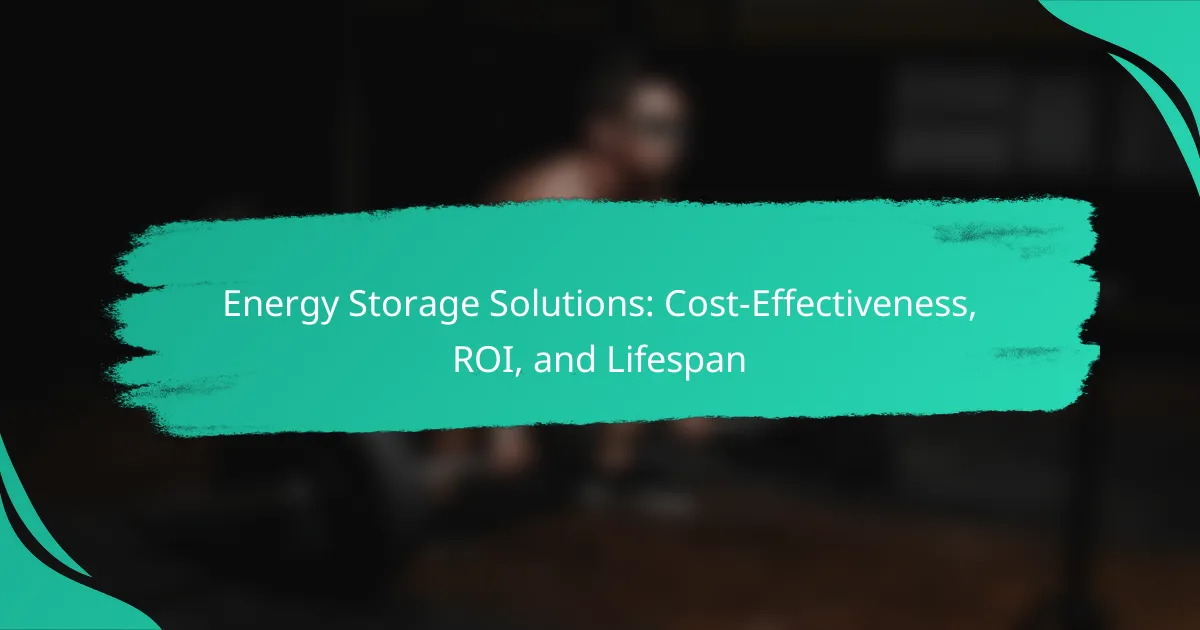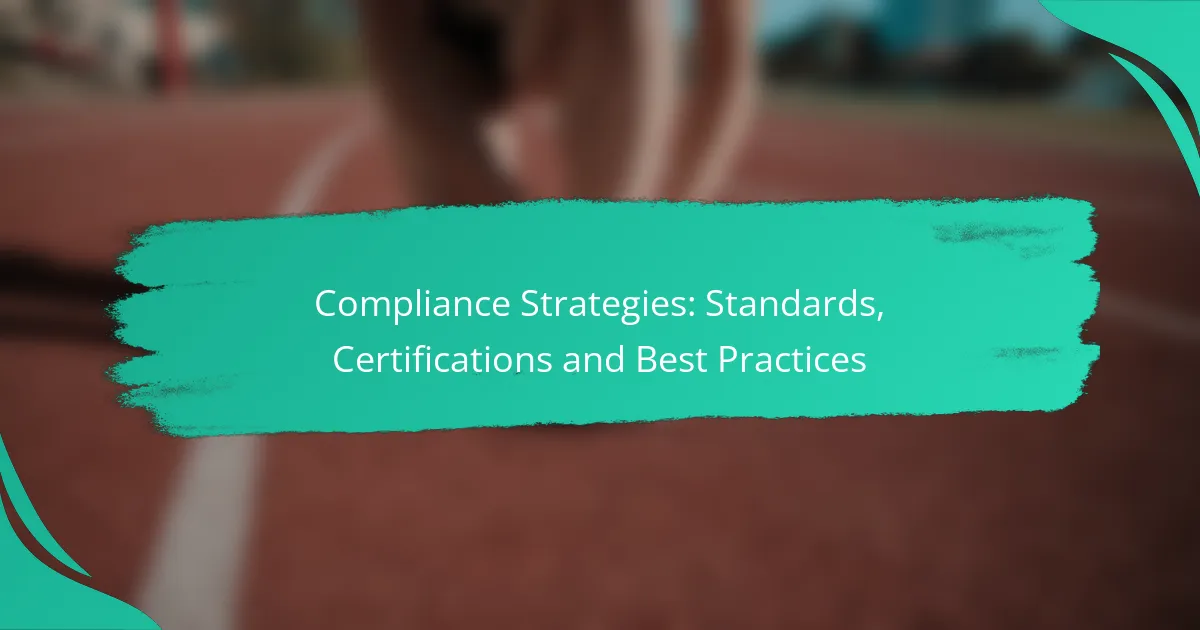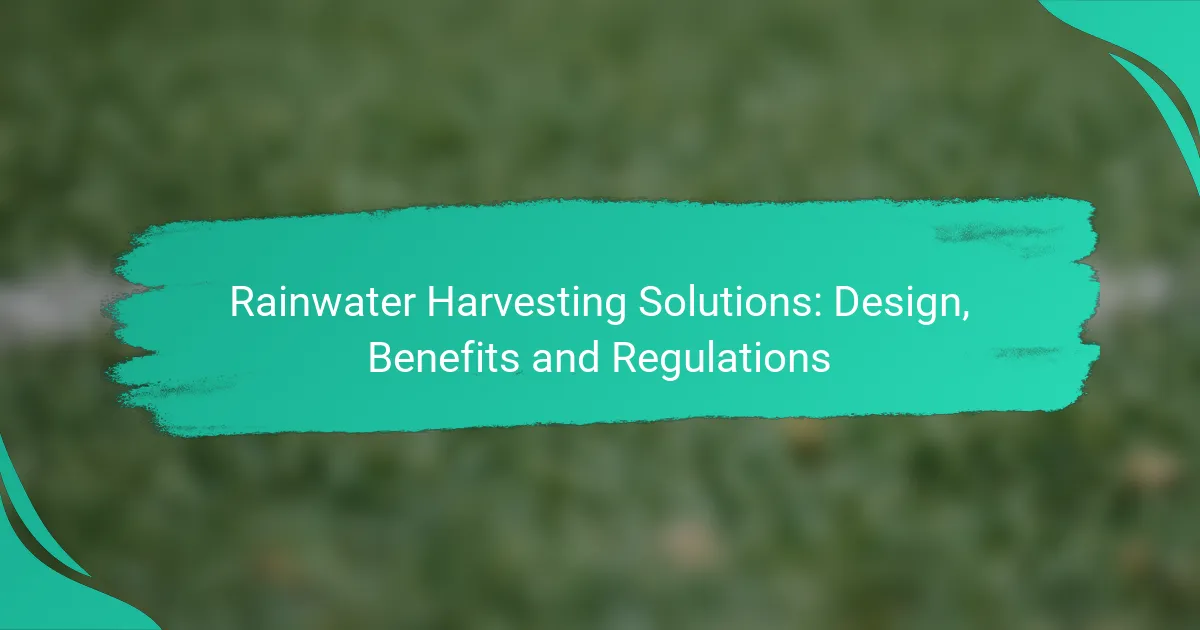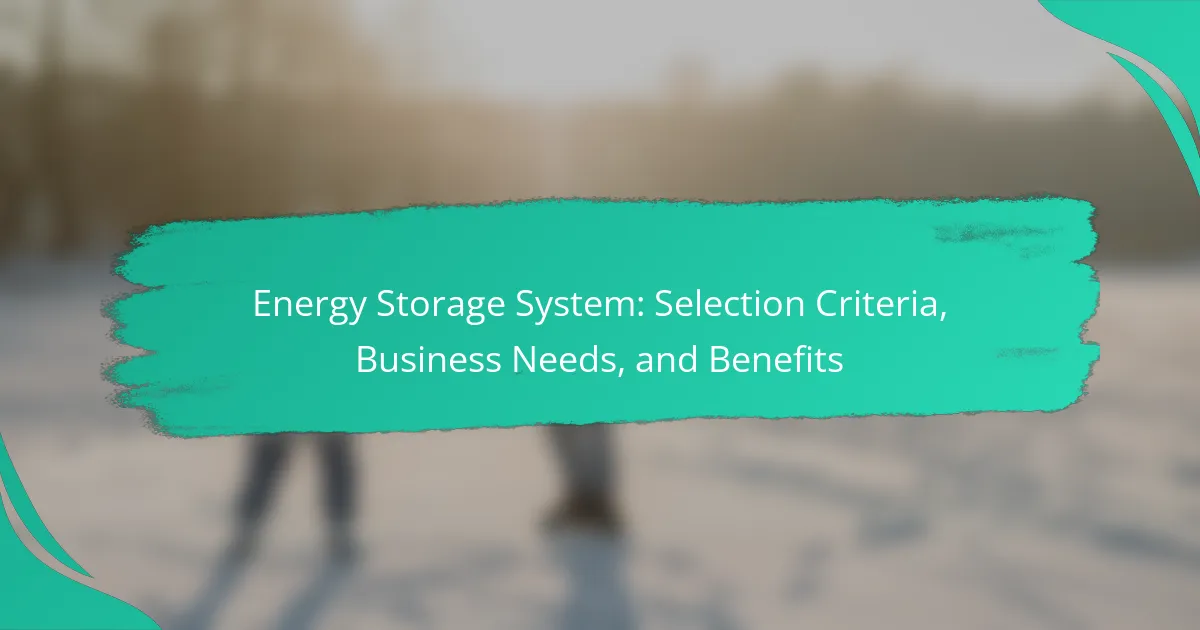The cost-effectiveness of renewable energy projects is crucial for maximizing returns on investment while minimizing expenses. … Cost-Effectiveness of Renewable Energy Projects: ROI, Funding and SustainabilityRead more
Sustainable energy technology and water innovation are pivotal in addressing environmental challenges and promoting resource efficiency. Key advancements in these fields focus on improving efficiency and reducing costs, while innovative water management techniques enhance availability and sustainability. By integrating these technologies, we can optimize resource use, benefiting both communities and ecosystems.
Water-Saving Fixtures: Types, Benefits and Compliance
Water-saving fixtures are essential tools for reducing water consumption while maintaining high performance in both residential … Water-Saving Fixtures: Types, Benefits and ComplianceRead more
Sustainable Water Management Solutions: Community Engagement, Infrastructure Development and Cost-Effectiveness
Sustainable water management solutions aim to optimize the use and conservation of water resources while actively … Sustainable Water Management Solutions: Community Engagement, Infrastructure Development and Cost-EffectivenessRead more
Best Renewable Energy Source: Urban Needs, Availability and Cost
As urban areas strive for sustainability, the best renewable energy sources—such as solar, wind, geothermal, hydropower, … Best Renewable Energy Source: Urban Needs, Availability and CostRead more
Wind Energy Solutions: Scalability, Reliability and Cost
Wind energy solutions encompass a range of technologies, including offshore wind farms and onshore turbines, designed … Wind Energy Solutions: Scalability, Reliability and CostRead more
Energy Storage Solutions: Cost-Effectiveness, ROI, and Lifespan
Energy storage solutions play a crucial role in optimizing energy use and enhancing sustainability. With options … Energy Storage Solutions: Cost-Effectiveness, ROI, and LifespanRead more
Energy-Efficient Appliances: Performance, Cost Savings and Suitability
Energy-efficient appliances are designed to minimize energy consumption while delivering optimal performance, making them an excellent … Energy-Efficient Appliances: Performance, Cost Savings and SuitabilityRead more
Compliance Strategies: Standards, Certifications and Best Practices
In today’s digital landscape, effective compliance strategies are crucial for organizations to manage risks and ensure … Compliance Strategies: Standards, Certifications and Best PracticesRead more
Rainwater Harvesting Solutions: Design, Benefits and Regulations
Rainwater harvesting solutions provide effective methods for collecting, storing, and utilizing rainwater for various applications, from … Rainwater Harvesting Solutions: Design, Benefits and RegulationsRead more
Energy Storage System: Selection Criteria, Business Needs, and Benefits
Energy storage systems play a crucial role in modern energy management by providing cost savings, reliability, … Energy Storage System: Selection Criteria, Business Needs, and BenefitsRead more
What Are the Key Innovations in Sustainable Energy Tech?
Key innovations in sustainable energy technology focus on improving efficiency, reducing costs, and enhancing integration with existing systems. These advancements are crucial for transitioning to cleaner energy sources and minimizing environmental impact.
Solar Energy Advances
Recent advancements in solar energy include the development of more efficient photovoltaic cells and innovative solar tracking systems. These technologies can increase energy capture by up to 30% compared to fixed systems.
Emerging solar materials, such as perovskite cells, promise lower production costs and greater flexibility in applications. As these technologies mature, they could significantly reduce the cost of solar energy, making it more accessible.
Wind Energy Technologies
Wind energy technologies have seen improvements in turbine design, allowing for larger and more efficient blades that can capture more wind energy. Modern turbines can generate power even at low wind speeds, expanding the viability of wind farms in various locations.
Offshore wind farms are becoming increasingly popular due to their higher wind speeds and reduced visual impact. Countries like the UK and Germany are leading in offshore wind capacity, which can provide substantial energy to coastal regions.
Energy Storage Solutions
Energy storage solutions, particularly lithium-ion batteries, have advanced significantly, enabling better integration of renewable energy sources. These batteries can store energy generated during peak production times for use during periods of low generation.
Emerging technologies like solid-state batteries and flow batteries offer potential for higher energy density and longer life cycles. As these technologies develop, they could play a crucial role in stabilizing energy supply and reducing reliance on fossil fuels.
Smart Grid Developments
Smart grid developments focus on enhancing the efficiency and reliability of electricity distribution. These systems use digital technology to monitor and manage energy flow, allowing for real-time adjustments based on demand and supply.
Key features include demand response programs and advanced metering infrastructure, which can help consumers manage their energy use and reduce costs. Implementing smart grids can lead to a more resilient energy system that supports renewable energy integration.
Hydrogen Fuel Innovations
Hydrogen fuel innovations are gaining traction as a clean energy source, particularly for heavy industries and transportation. Electrolysis technology is improving, allowing for more efficient production of green hydrogen from renewable energy sources.
Hydrogen can be stored and transported easily, making it a versatile energy carrier. Countries like Japan and Germany are investing heavily in hydrogen infrastructure, aiming to create a sustainable hydrogen economy that complements existing energy systems.
How Is Water Innovation Transforming Sustainability?
Water innovation is crucial for enhancing sustainability by improving water efficiency and availability. Technologies like desalination, recycling, and smart irrigation are reshaping how we manage water resources, making them more sustainable and accessible.
Desalination Technologies
Desalination technologies convert seawater into freshwater, addressing water scarcity in coastal regions. Common methods include reverse osmosis and thermal distillation, both of which have varying energy requirements and costs.
While effective, desalination can be energy-intensive and costly, often requiring significant infrastructure investment. Countries like Saudi Arabia and the United Arab Emirates have heavily invested in these technologies, demonstrating their potential in arid environments.
Water Recycling Systems
Water recycling systems treat wastewater for reuse in irrigation, industrial processes, or even potable applications. These systems can significantly reduce freshwater demand and promote sustainable water management.
Implementing water recycling involves several steps, including collection, treatment, and distribution. Municipalities often use advanced filtration and disinfection methods to ensure safety and compliance with health regulations.
Smart Irrigation Solutions
Smart irrigation solutions utilize technology to optimize water use in agriculture and landscaping. These systems often incorporate sensors and weather data to adjust watering schedules and amounts based on real-time conditions.
By implementing smart irrigation, users can reduce water consumption by up to 30-50%, depending on the system's efficiency and local climate. Farmers and gardeners should consider investing in these technologies to enhance sustainability and reduce costs.
Rainwater Harvesting Techniques
Rainwater harvesting techniques capture and store rainwater for later use, providing an alternative water source for irrigation and domestic needs. This method is particularly beneficial in regions with seasonal rainfall patterns.
To effectively implement rainwater harvesting, individuals should install collection systems such as gutters and storage tanks. Maintenance is crucial to ensure water quality and system efficiency, with regular checks on filters and storage conditions recommended.
What Are the Benefits of Integrating Energy Tech and Water Innovation?
Integrating energy technology with water innovation offers significant advantages, including enhanced resource efficiency, cost savings, and reduced environmental impact. This synergy helps optimize the use of both energy and water resources, leading to sustainable practices that benefit communities and ecosystems.
Resource Efficiency
Combining energy tech with water innovation maximizes resource efficiency by ensuring that both energy and water are used judiciously. For instance, smart irrigation systems can adjust water usage based on real-time weather data, reducing waste while maintaining crop health.
Technologies like solar-powered water pumps can also enhance efficiency by using renewable energy to manage water resources in remote areas. This integration minimizes reliance on fossil fuels and lowers operational costs.
Cost Savings
Integrating energy tech and water innovation can lead to substantial cost savings for businesses and municipalities. By utilizing renewable energy sources, organizations can reduce their energy bills significantly, with some reporting savings of up to 30% over traditional energy sources.
Additionally, efficient water management reduces costs associated with water treatment and distribution. Implementing technologies such as rainwater harvesting systems can further decrease expenses related to water supply, making it a financially viable option for many sectors.
Environmental Impact Reduction
The integration of energy technology and water innovation plays a crucial role in reducing environmental impacts. By utilizing renewable energy sources, such as wind or solar, the carbon footprint associated with water management processes can be significantly lowered.
Moreover, efficient water usage helps preserve local ecosystems and biodiversity. For example, adopting advanced filtration systems can minimize chemical runoff into waterways, promoting healthier aquatic environments. This approach aligns with global sustainability goals and regulatory standards aimed at protecting natural resources.
What Are the Challenges in Implementing Sustainable Technologies?
Implementing sustainable technologies faces several challenges that can hinder progress. Key obstacles include high initial costs, regulatory barriers, and technological limitations, each requiring careful consideration and strategic planning.
High Initial Costs
One of the most significant challenges in adopting sustainable technologies is the high initial investment required. For instance, solar panels and wind turbines often involve substantial upfront costs, which can deter businesses and homeowners from making the switch.
To mitigate these costs, potential adopters can explore financing options such as government grants, tax incentives, or low-interest loans. These financial aids can significantly reduce the burden of initial expenses and make sustainable solutions more accessible.
Regulatory Barriers
Regulatory barriers can complicate the implementation of sustainable technologies. Different regions may have varying regulations that affect the installation and operation of renewable energy systems, which can lead to delays and increased costs.
Staying informed about local regulations and engaging with policymakers can help navigate these challenges. Collaborating with industry groups can also provide insights into best practices and potential loopholes in the regulatory landscape.
Technological Limitations
Technological limitations can restrict the effectiveness and efficiency of sustainable energy solutions. For example, energy storage technologies, such as batteries, may not yet be advanced enough to support large-scale renewable energy integration.
Investing in research and development is crucial for overcoming these limitations. Additionally, adopting a phased approach to technology implementation can allow for gradual improvements and adaptations as new innovations emerge.
How Can Businesses Leverage Sustainable Energy and Water Solutions?
Businesses can leverage sustainable energy and water solutions by integrating innovative technologies that reduce costs and environmental impact. By adopting practices such as energy efficiency, renewable energy sources, and water conservation, companies can enhance their operational resilience and appeal to eco-conscious consumers.
Digital Product Development
Digital product development in the realm of sustainable energy and water solutions involves creating software and applications that optimize resource management. For instance, businesses can develop platforms that monitor energy consumption in real-time, allowing for adjustments that lead to significant savings.
Additionally, incorporating IoT (Internet of Things) devices can facilitate better water usage tracking and leak detection. This not only minimizes waste but also helps organizations comply with local regulations regarding water conservation.
Partnership Opportunities
Forming partnerships with technology providers, research institutions, and non-profits can amplify the impact of sustainable energy and water initiatives. Collaborating with tech firms can bring cutting-edge solutions to market faster, while partnerships with research institutions can provide valuable insights into best practices and emerging trends.
Moreover, engaging with local governments and NGOs can enhance credibility and access to funding opportunities. Businesses should explore joint ventures or co-development agreements to share resources and expertise, ultimately driving innovation in sustainability.
